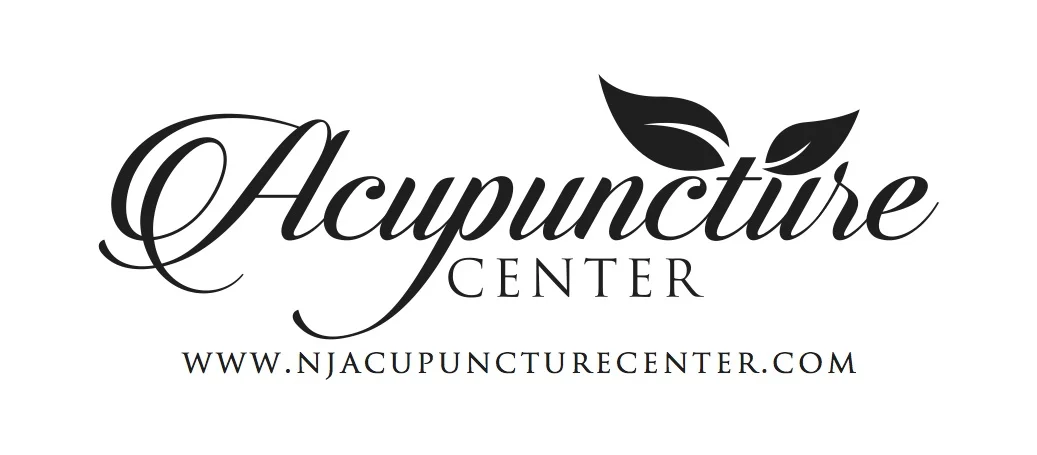A Bite of Acupuncture Helps Soothe Tooth Pain
/It’s a terrible feeling – you take a sip of a nice cold beverage, and all of a sudden a sharp pain bears down on your tooth. It may mark the beginning of a long tough road dealing with a persistent toothache. While a trip to the dentist is certainly in order, you don’t want to reach for the over-the-counter pain medications in the meantime. Instead, there’s a natural way to effectively and safely treat that nagging tooth pain and restore a happy life of carefree eating and drinking.
Pain is a result of the body’s energy being all out of whack. The meridians that course throughout our body, that tell our brain whether or not we should be feeling pain, are blocked. Acupuncture opens up these channels, allowing the body’s energy to balance out, which relieves pain. Treating a toothache is no different than any other pain. When our tooth hurts, the meridians that lead to the mouth are acting up and need to be cleared.
"Treatment is directed toward soothing the circulation and detoxifying the meridians near the affected area,” say acupuncturists from Advanced Acupuncture in Santa Monica, CA.
There are a number of specific points that acupuncturists target when a patient is dealing with a toothache, depending on where in the mouth the pain is being experienced. “Ear gate” is targeted to alleviate upper-jaw tooth pain, while the “jawbone” point, located in the stomach, is more specific to mouth and jaw pain. Another stomach point, “below the joint” treats lower jaw tooth pain.
Of course, if you are experiencing any tooth or jaw pain, it is recommended that you see a dentist, who can assess problems with the teeth, gums or jaw. But the great thing about acupuncture for tooth pain is that it is effective whether the patient is experiencing pain before or after a visit to the dentist. So if you’re feeling some discomfort in those pearly whites, or just got them treated and are recovering, don’t hesitate to see us!





